Roseate Spoonbill, Platatea ajaja, Espátula Rosada (Spanish)
“Look at those pink flamingos!”
“Where?”
“Over there by the mangroves.”
“Actually those 2.5-3 ft tall wading birds aren’t flamingos, they’re Roseate Spoonbills. Their color provides many common names including, Pink, Pinky, Pink Curlew, Rose-colored Curlew, and Flame Bird. Of course that spoon-shaped bill beget Spoon, Spooner, or Spoonies which sounds like a conjugation. Maybe that would be a good name for this colonial nesting/roosting/feeding species, a conjugation, but the “correct” term is a bowl of spoonbills. In the Yucatan locals call it “Chocolatera” which refers to how muddy the water becomes as the bird searches for food.
Hey, don’t worry; tourists often misidentify spoonies as the American Flamingo. Frankly our adult flamingos are more orangey or coral than the pink lawn ornaments people associate with them.”
“Okay, thanks for the info.”
****
Pink plumage is rare in birds. The Roseate Spoonbill, found only in the Americas, is the only pink member of the family while the other five species in the world are mainly white. Scientists refer to that slash of dark red wing feathers as carmine red and I’ve named the other color: cotton candy pink.
In the small world dept., I photographed the African Spoonbill with an old point-and-shoot when I visited a friend’s home with a small pond rookery in South Africa in 2004. If the blue eyes, white plumage, and red skin remind you of a White Ibis, spoonbills are classified in the ibis family. Here’s a copy of the print that I never expected to use:
Those stunning colors of the Roseate Spoonbill derive from red pigments it makes by chemically changing yellow pigments found in its diet, mainly two inch or smaller fish. Incidentally it will feed on crustaceans, mollusks, aquatic plants and insects that come in contact with the bill. Although most references state some color may come from crustaceans and shellfish that eat algae with red carotenoid pigments, Dr. Jerry Lorenz, spoonbill expert, informed me otherwise. If the spoonbill feeds exclusively on fish, it still remains pink.
When feeding, the spoonbill slowly walks with its body held parallel to shallow water as it sweeps that open, paddle-shaped bill side-to-side in an arc. Reminds me of swinging a scythe. Sometimes Great and Snowy Egrets and other wading birds may feed near spoonbills to catch food stirred up by that action. The well-specialized bill snaps shut when prey trigger sensitive receptors inside the bill especially at the tip.
Also the spoonbill can locate some larger morsels by sight, but that head-swinging is the most common feeding method. However, that flat, lightweight bill seems awkward to use to drink water.
I’m amazed by that 5-7 inch unique bill! At hatching the then yellow bill forms a soft tube which then flattens and widens at the tip after a week or so and becomes spatulate at sixteen days. In seven weeks the bill is about two thirds as long and 85 % wide as an adult. Around three years at breeding age the bill becomes grayish/tan while the head loses all its feathers. What a contrast with sporting feathers from hatching to a greenish bald head at sexual maturity!
Whether as a chick, immature or adult, preening and resting are two prominent behaviors. The head and bill are used to reach the lower neck and then the neck is rubbed on the body. The bill runs down each feather of the wings. And surprise, surprise, the tail feathers aren’t pink but look like orange sherbet. Meanwhile it can rest on one leg with the neck and head tucked into its back.
I observed adult spoonbills chase younger and older spoonbills, Wood Storks, Little Blue Herons, and Tricolored Herons away from their immediate feeding area.Here’s a typical threat posture with lowered head and opened bill and fluttering of wings.
A permanent resident of the Yucatan, it ranges from the southern US to central Argentina in freshwater, brackish, or marine habitats.
Of course some vagrants have wondered farther north or south in their range.
DON’T BE A VAGRANT. STAY TUNED FOR SEPTEMBER, PART 2, MAINLY ABOUT FAMILY LIFE
DISCLAIMER: References do not agree on details about these species.
. .
Dr. Jerry Lorenz, Dir. of Research, Audubon Florida, personal communication
http://cescos.fau.edu/gawliklab/papers/DumasJV2000(roseatespoonbill).pdf
Sal a Pajarear Yucatan, Birds & Reserves of the Yucatan Peninsula, A Guide to the Birds of Mexico and Northern Central America, Sibley Guide to Bird Life & Behavior
https://neotropical.birds.cornell.edu/Species-Account/nb/species/rosspo1/overview
https://birdsna.org/Species-Account/bna/species/rosspo1/introduction
http://www.audubon.org/magazine/may-june-2013/roseate-spoonbills-send-warning-signs-about
https://www.aviary.org/animals/roseate-spoonbill
https://birdsna.org/Species-Account/bna/species/rosspo1/appearance
http://www.tbep.org/Featured_Creature_Archive/Roseate_Spoonbill-2.html
https://www.arkive.org/roseate-spoonbill/platalea-ajaja/
http://www.sms.si.edu/irlspec/ajaia_ajaia.htm
https://a-z-animals.com/animals/roseate-spoonbill/
http://www.audubon.org/field-guide/bird/roseate-spoonbill
https://www.sciencedirect.com/science/article/pii/0010406X62901342
Russell, J. K. 1978. Effects of interspecific dominance among egrets commensally following Roseate Spoonbills. Auk no. 95:608-610.
Cherie Pittillo, “nature inspired,” photographer and author, explores nature everywhere she goes. She’s identified 56 bird species in her Merida, Yucatan backyard view. Her monthly column features anecdotes about birding in Merida, Yucatan and also wildlife beyond the Yucatan.
Contact: [email protected] All rights reserved, ©Cherie Pittillo


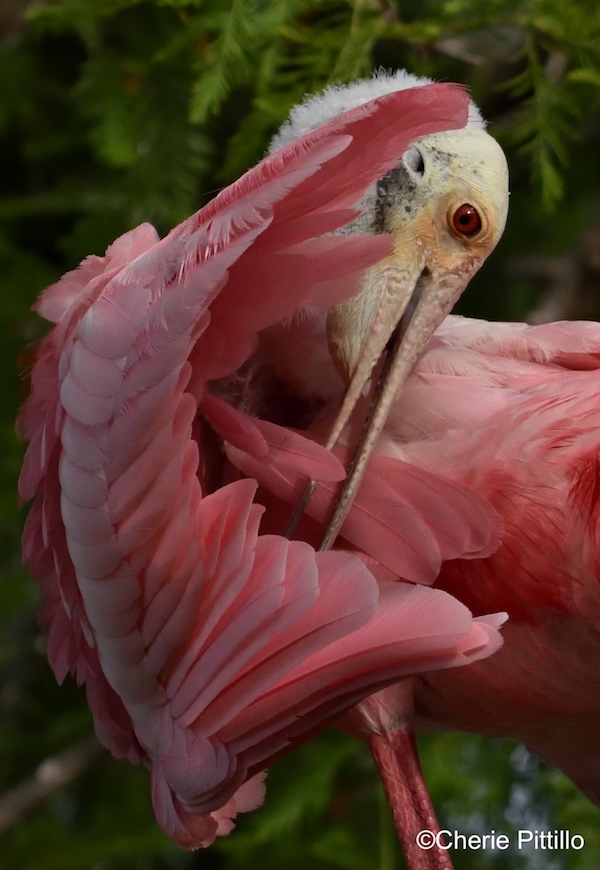
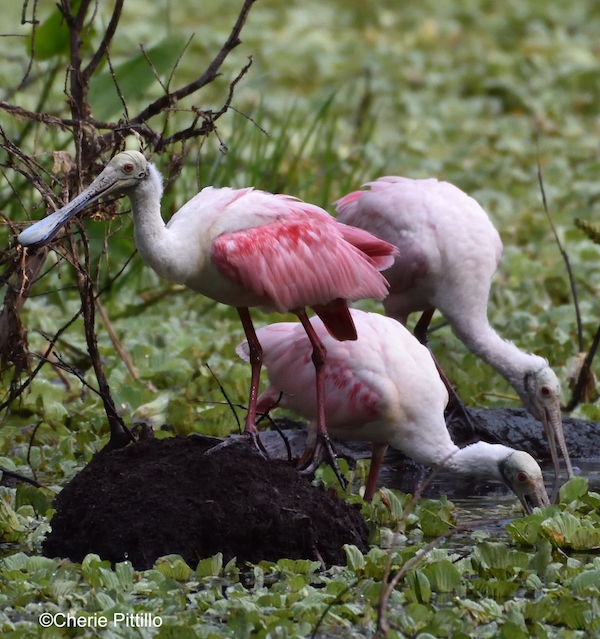

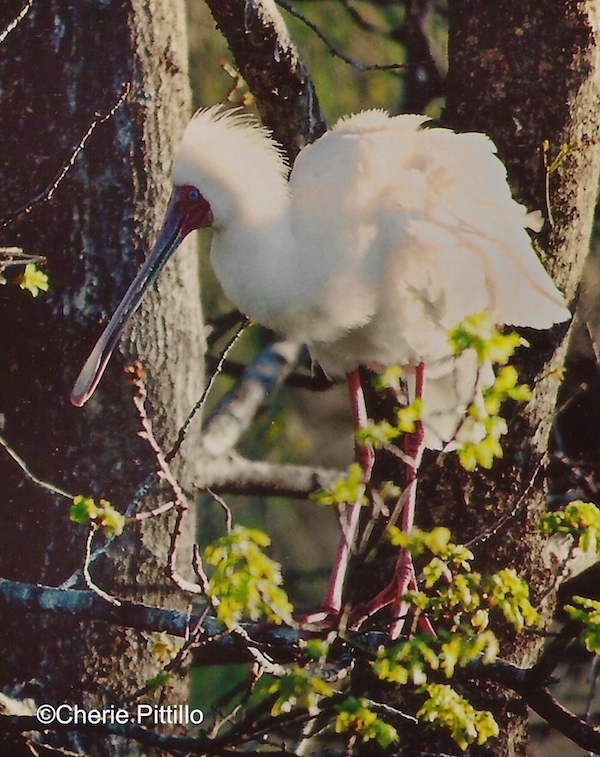
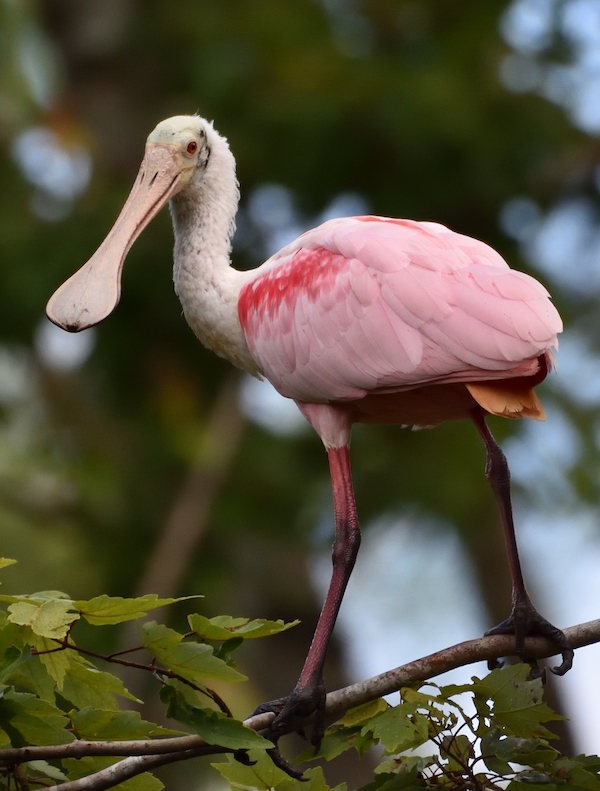
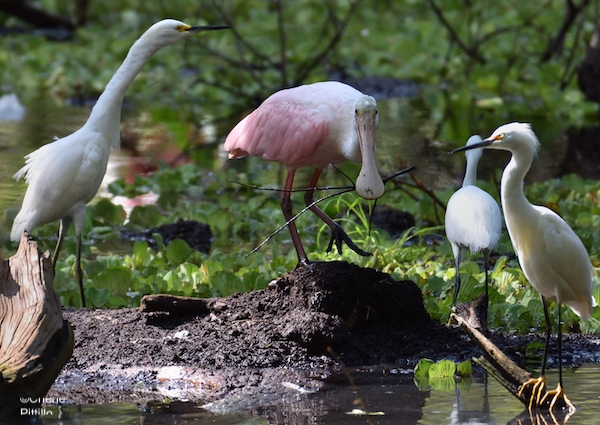

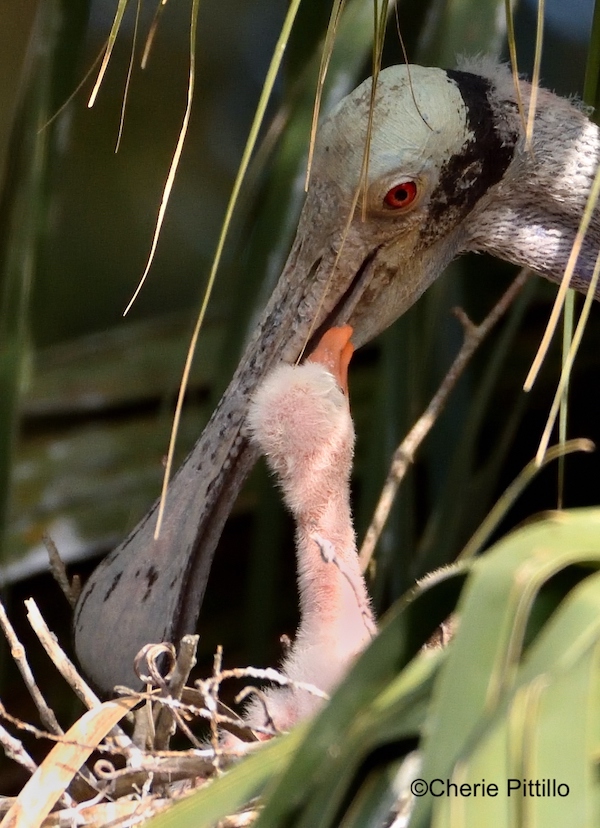
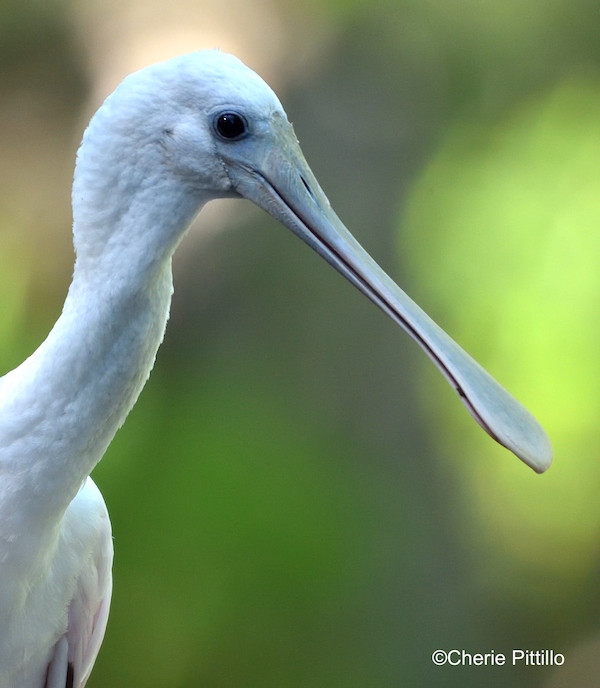
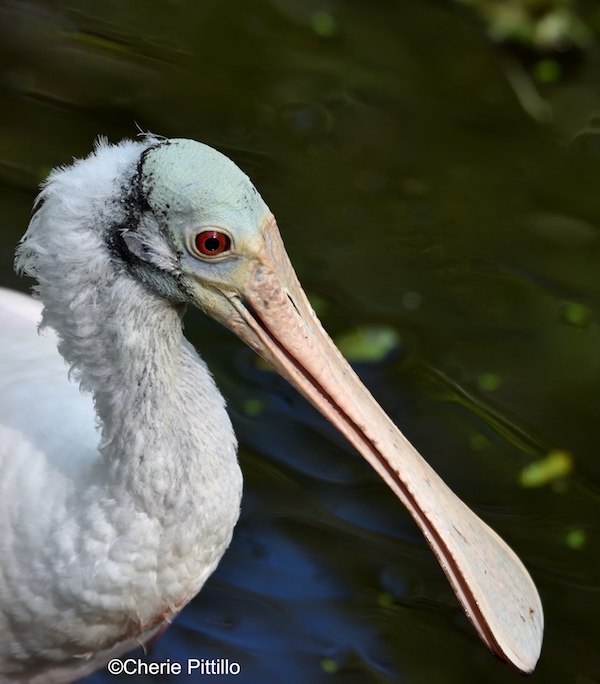
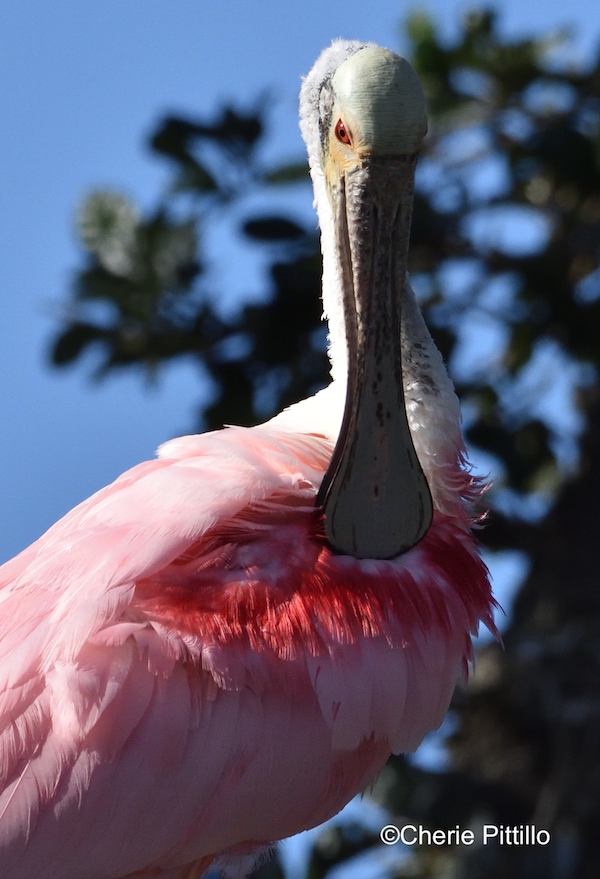

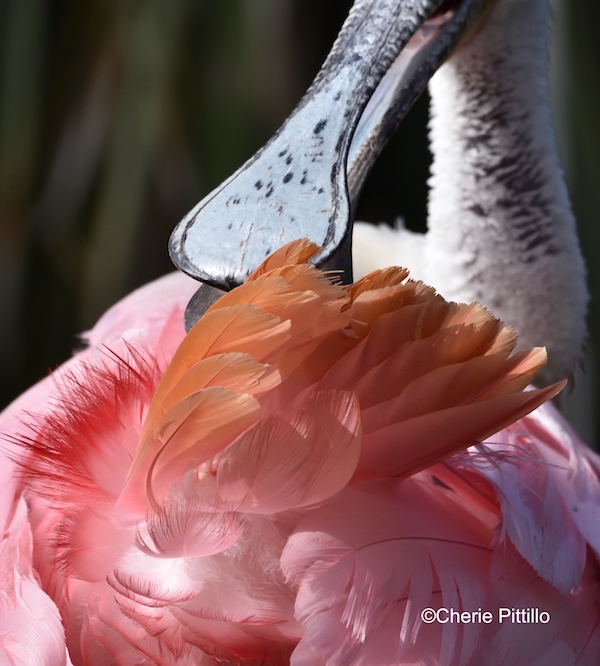
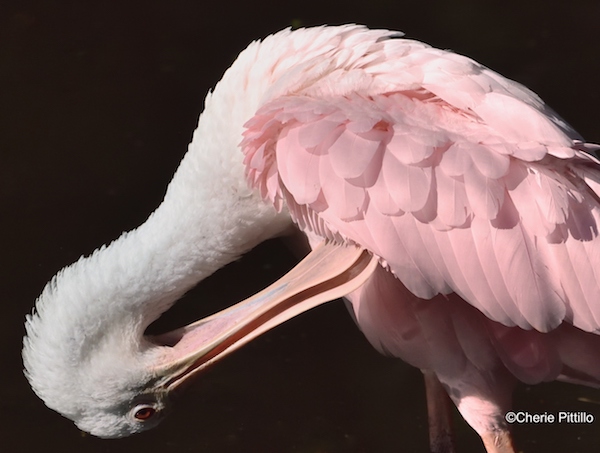


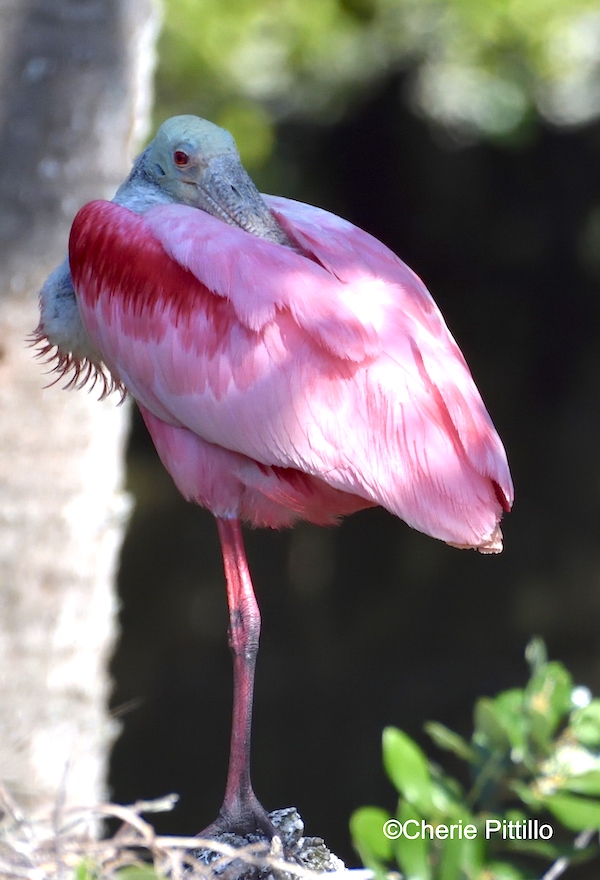

2 comments
Learned so much more than I knew about the spoonbills than I knew before. Super images too. Thanks. We have roseate spoonbills here a lot now as they lose habitat in Florida. Ann counted 98 earlier this year and they are seen much closer to town now too. Looking forward to part two.
Fabulous photos, Cherie and great info. Can’t wait to read Part 2.